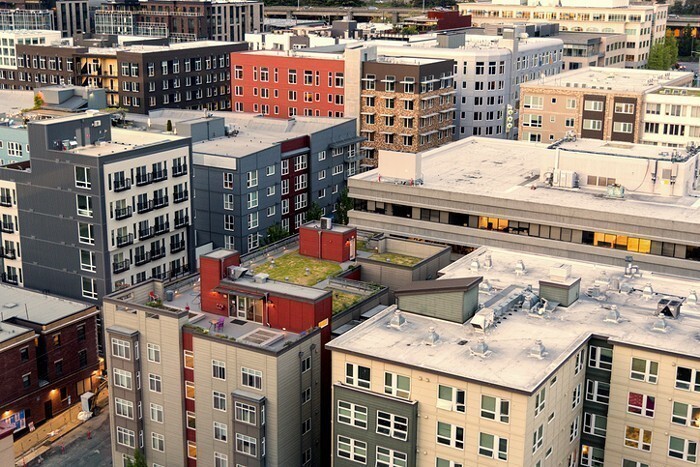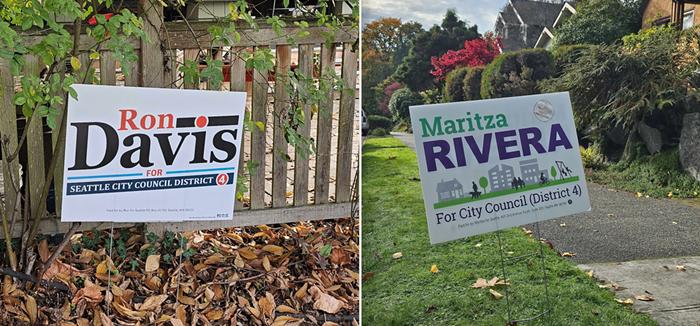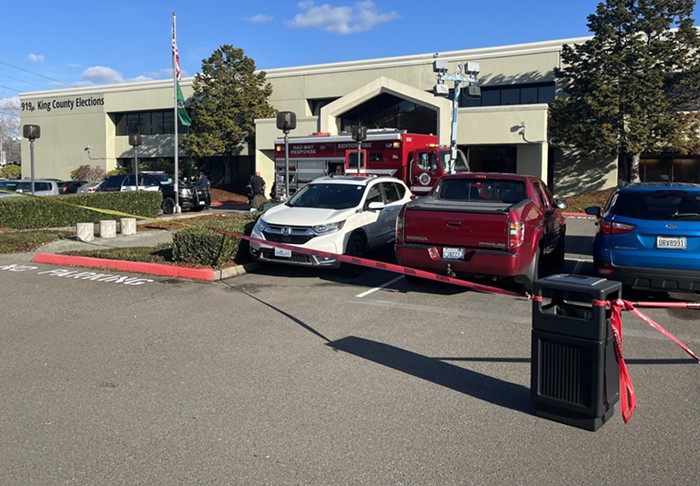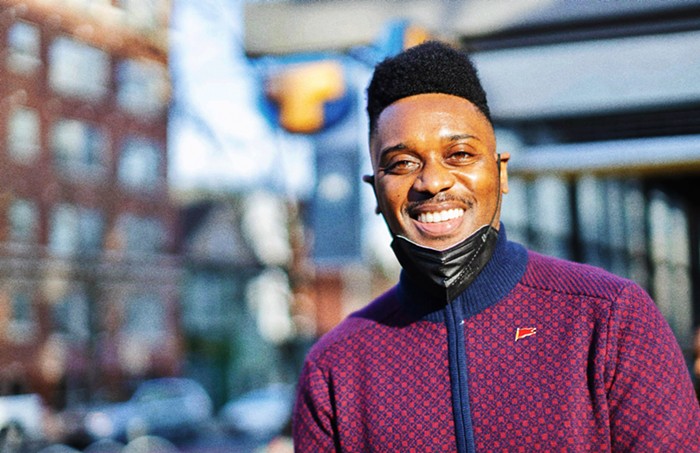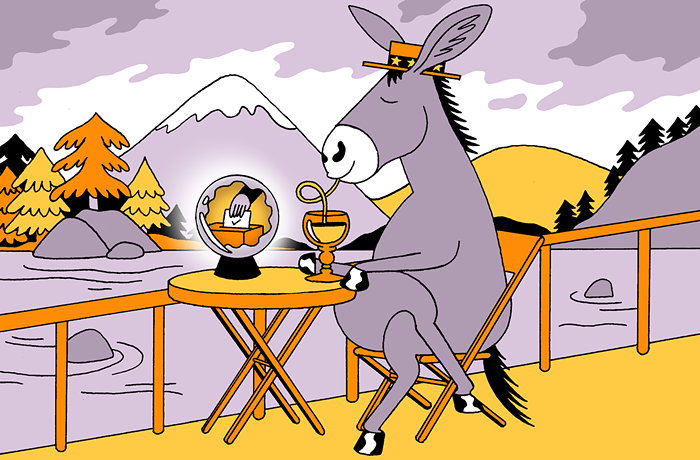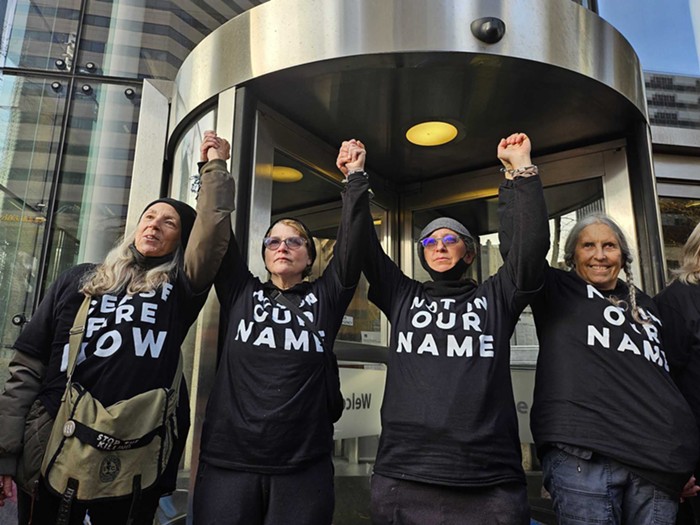
The water was pitch-black save for James Trask’s flashlight. That was how he liked it; a completely alien world with nothing but a trail of his own bubbles to tell him which way was up. The site he was diving at, Redondo Beach in Des Moines, Washington, was familiar to him. He had dived there many times before. It was so popular and well-known in the dive community that people called it "Redundant." But this time, he noticed something unusual. As he swiveled his head, he saw green flashes in front of his mask. He moved his arm in front of him and produced a big ball of green light.
When he met up with the rest of the divers in his party, he motioned for them to click off their flashlights. They couldn't see anything. Then, Trask moved his arms in a circular motion, creating small currents that whooshed past his face. The green flashes appeared again. The rest of the divers mimicked him. Soon, they had created an igloo of green light all around them.

“I could see my dive partners' eyes from just the glow of bioluminescence,” Trask told The Stranger. According to the Vashon-Maury Island Beachcomber, “bioluminescence is created by dinoflagellates, single-celled animal plankton that only live in certain waters during certain times of the year.” That was the only time Trask, the founder of the Washington Scuba Alliance (WSA), had ever seen bioluminescence in his 21 years of scuba diving.
Divers in the Pacific Northwest love to say that Jacques Cousteau, the French naval officer and inventor of the aqualung, what we know of today as SCUBA (Self-Contained Underwater Breathing Apparatus), said that the Pacific Northwest's waters had the most diverse population of sea life than anywhere he'd ever seen.
I haven’t been able to track down where that quote originated, but Cousteau did visit the PNW for his 1969 documentary called Octopus, Octopus.
(You can see a shot of the Space Needle at 8:08.)
Scott Flaherty, the owner of Seattle Dive Tours, told The Stranger that the cold waters of Washington state give a whole different array of sea life than what is typically seen on TV.
“If CSI were to make a CSI Seattle, the color palette would be all blue and grey,” Flaherty explained. “But underneath the water, it’s all green and red and yellow and different colors.”
The waters around Seattle contain an abundance of creatures. Throughout the region and even in Seattle’s backyard (is that how we refer to West Seattle or no?), there’s the giant Pacific octopus, the sixgill shark that can really only be spotted at night, wolf eels, and vibrant anemones.
Dive sites in Seattle are also unique in their urbanity. The three most popular sites in the city are off of Alki Beach. Those were born from the habitats that grew on human debris and detritus. But not all debris and detritus facilitates a healthy habitat.
Flaherty and Seattle Dive Tours conduct underwater cleanups occasionally. At Alki's Seacrest Park, they recently pulled out over 100 pounds of garbage. Flaherty specifically remembered finding a plastic McDonald’s coffee stirring spoon (the ‘McSpoon’) down there, a spoon that was discontinued in the '70s during the War on Drugs because of how popular the utensil was with cocaine users. The scoop is rumored to have perfectly held exactly 100 milligrams of coke.
“Garbage [like the coke McSpoon] has changed these sites,” Flaherty said. “When we have the opportunity we run boat charters to get away from that humanity.”
Unfortunately, a lot of the structures life has grown on—or octopuses hide in—are getting more precarious with age.
“Diving in Seattle is starting to face a crisis. The stuff that was there to see years ago is all starting to melt into the bottom,” Trask explained.
Take, for instance, the shipwreck at "Alki Cove 2," just off Seacrest Park. Someone told Flaherty an unsubstantiated rumor that the shipwreck was an old casino boat that was about to be busted and lit on fire before the cops came. It’s called The Honeybear.
“What’s left of The Honeybear’s walls and the hull is paper thin,” Trask said. “It’s been down there so long that on a good day you can watch that thing moving underwater like a kelp frond.”
Other than that, some ropes have fallen apart and beams that were home to wolf eels and octopuses have disappeared.

Trask and the WSA have a plan to install artificial reefs at Alki Coves 1, 2, and 3 to make them dive site destinations and bring sea life back to the area. So far, their track record is good. They have a history of making dive sites more accessible and protecting natural habitats, starting with a set of stairs they installed at Les Davis Park in Tacoma (what Trask calls the best dive site in the state) back in 2003. Then, in 2005, they installed 15 mooring buoys for dive boats to tie off on to help mitigate the damage the ocean floor sustained from anchors.
Artificial reefs are the next step.
Back in 2015, the WSA installed its first artificial reef down in Des Moines at Saltwater State Park. Trask said that Saltwater State Park is the most beautiful artificial reef in the state.
“Since then it’s become home to a myriad of life in Puget Sound,” Trask said, “Everything from plankton up to octopus and lingcod.” (Have you ever seen a lingcod? In case you haven't, check out this monster of a fish.)
The WSA is currently working on an artificial reef at Redondo, the most popular dive spot in the South Sound, next. According to Trask, the Redondo Project is about to get the final piece of permitting paperwork from Environmental Science Associates on Tuesday.
"We hope to begin construction by fall or the first of the year," Trask explained. In case anyone wants to help usher along the project, Trask says the public is encouraged to visit WSA's website and donate there.

